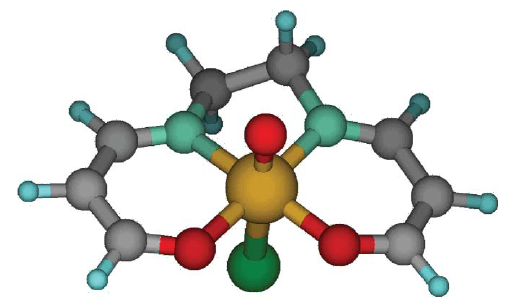-
SplitGAS Method for Strong Correlation and the Challenging Case of Cr2
G. Li Manni, D. Ma, F. Aquilante, J. Olsen and L. Gagliardi
Journal of Chemical Theory and Computation, 9 (8) (2013), p3375-3384


DOI:10.1021/ct400046n | unige:29522 | Abstract | Article HTML | Article PDF
A new multiconfigurational quantum chemical method, SplitGAS, is presented. The configuration interaction expansion, generated from a generalized active space, GAS, wave function is split in two parts, a principal part containing the most relevant configurations and an extended part containing less relevant, but not negligible, configurations. The partition is based on an orbital criterion. The SplitGAS method has been employed to study the HF, N2, and Cr2 molecules. The results on these systems, especially on the challenging, multiconfigurational Cr2 molecule, are satisfactory. While SplitGAS is comparable with the GASSCF method in terms of memory requirements, it performs better than the complete active space method followed by second-order perturbation theory, CASPT2, in terms of equilibrium bond length, dissociation energy, and vibrational properties.
